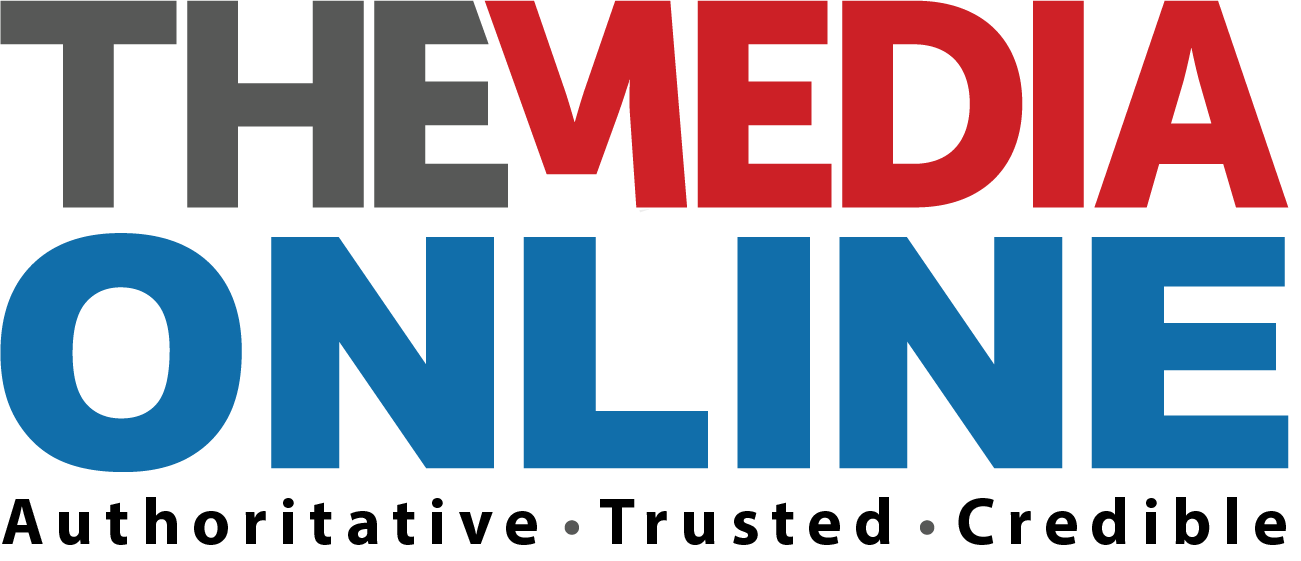AI in marketing is driving growth and innovation across the African continent. However, like in other regions, some marketing executives are still wrapping their heads around AI implementation. But, what if businesses realised that using generative AI at-scale alone could bring anywhere between $61 – 103 billion in economic value to the continent? How much further could brands go in achieving profitability?
Looking to 2026, there is no space for curbing the next phase of growth. CEOs and CMOs across the continent should exercise three mental shifts to drive innovation, align the marketing and finance departments, and improve ROI.
1. Excitement around AI is one thing. It’s time to champion real-world experimentation
There’s been a growing excitement across sub-Saharan Africa around the use and implementation of AI. From June 2024 to July 2025, search interest in South Africa for “AI marketing” has seen a significant 90% increase. In Nigeria, the search interest for “how to use AI” has doubled over the same period.
However, excitement doesn’t necessarily mean marketing teams are playing around with real-world experimentation. This presents an opportunity for brand and agency leaders to harness this curiosity and shape how their marketing teams perceive and approach AI.
A practical way of doing this is by initiating a phase of testing between three to six months. Consider creating separate clusters for creatives, campaigns, and measurement. Each cluster can include tasks and processes that are a daily practice in a marketing team.
For example, “creatives” may include copywriting, graphic design, and video production, while “campaign types” may include Search or Display campaigns. Lastly, “measurement” could include data-driven attribution, conversion tracking tags, or monthly reporting.
Here’s what your AI marketing experiment may look like on paper:

To ensure a successful experimentation phase, CMOs can assign team leads to each of the three clusters. These leads can oversee the cluster, regularly report back, and begin to scale successful parts of the pilot phase. This fosters a continuous cycle of testing, innovating and growing ROI.
2. CFOs often label marketing as a cost centre. CMOs can prove it as a profit driver using AI
While CFOs and CMOs are both focused on growth and profitability, they do this in different ways: The former focuses on financial health and risk management while the latter is concerned with driving revenue and brand growth through various channels.
However, CFOs have more sway in determining marketing budgets, putting CMOs in a position of having to advocate for their marketing decisions. Marketing leaders need to think and speak in the language of value.
Here’s how to achieve that using AI:
- Causal proof for return-on-ad-spend (ROAS): Outdated ways of tracking the customer journey have kept CMOs using ambiguous language. For example, feedback to the C-suite may have sounded like: “This ad generated a lot of clicks”. Causal AI — which are tools used to show the exact route a shopper took to complete a purchase from an ad — dissolves the uncertainty of how marketing efforts meet business goals. Your cause-and-effect feedback now sounds like this: “This ad led to a 17% increase in website sales, leading to R20,000 in revenue in July.” Within your advertising toolbox, casual AI can be found in incrementality testing when you conduct Campaign Experiments or Search and Conversion Lift studies. It’s also the foundation of data-driven attribution, which is how marketers are able to assign a specific sale or action to a specific ad.
- Data-driven agility and optimisation: Because AI tools, such as Performance Max or Demand Gen, can give campaign performance data in real-time, marketers can make quick, results-driven adjustments. Based on this data, AI can identify which campaigns, channels, and audience segments are performing better. Agility and optimisation are essential for maximising budgets and proving how marketing works to utilise its budget effectively.
- Future planning (not guessing): CFOs are always looking ahead. When the time comes to pitch a new large-scale campaign or an annual marketing plan for the following year, campaigns run with AI tools give CMOs the data to justify the investment in financial terms. Additionally, CMOs can paint a more accurate picture of expected ROI within Google Analytics 4 (GA4) based on analytics about past sales and market trends.
40% of businesses across sectors in Africa have already either trialled gen AI or successfully implemented tools and solutions.
3. Africa is not lagging behind the rest of the world. Lead by example for our continent
When it comes to technological innovation and adoption, Africa is often on the receiving end of backward assumptions about its capabilities. However, 40% of businesses across sectors in Africa have already either trialled gen AI or successfully implemented tools and solutions.
Meanwhile, only 34% of marketing leaders across Europe and North America say that driving AI adoption is important, but only 6% of them say they are building AI or gen AI capabilities. Additionally, the same research shows that 82% of marketing leaders from the same regions say dynamically adjusting spend based on performance is important, but only 30% are doing it.
This suggests that marketing leaders across verticals and regions experience similar challenges when it comes to AI implementation and performance optimisation. The opportunity for founders and marketing leaders in sub-Saharan Africa will depend on a mindset shift to lead by example.
Octa, a global forex trading platform, did just that. It experimented with causal AI to understand more about young, female traders in South Africa. They conducted Brand Lift studies with a creative video ad to see how women aged 18-34 would respond to their service, resulting in a 23% lift in brand awareness and 25% lift in consideration.
Travelstart, a travel booking platform operating across Africa, renovated their performance marketing strategy with smart bidding and saw a 50% increase in revenue per booking after they switched from target cost-per-acquisition (TCPA) to return-on-ad-spend (ROAS).
Like Travelstart and Octa, leading by example means taking chances on new strategies and using AI-driven tools.
Vumani Ncube is the performance lead within the solutions team for Google sub-Saharan Africa. He serves as a trusted advisor to strategic clients, crafting bespoke performance solutions and pioneering innovative approaches with Google’s advertising platforms to help them unlock their full potential.














